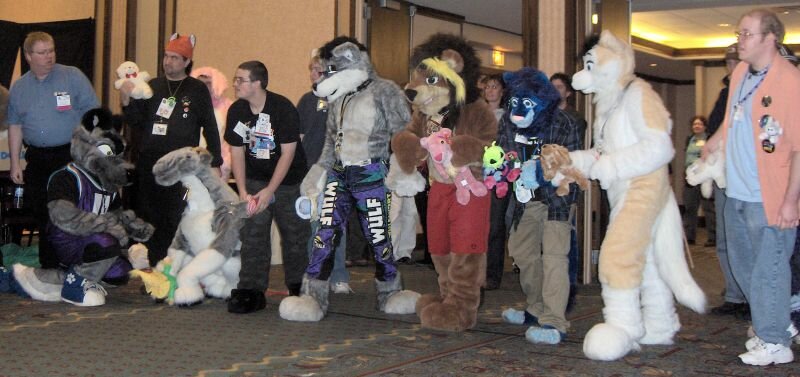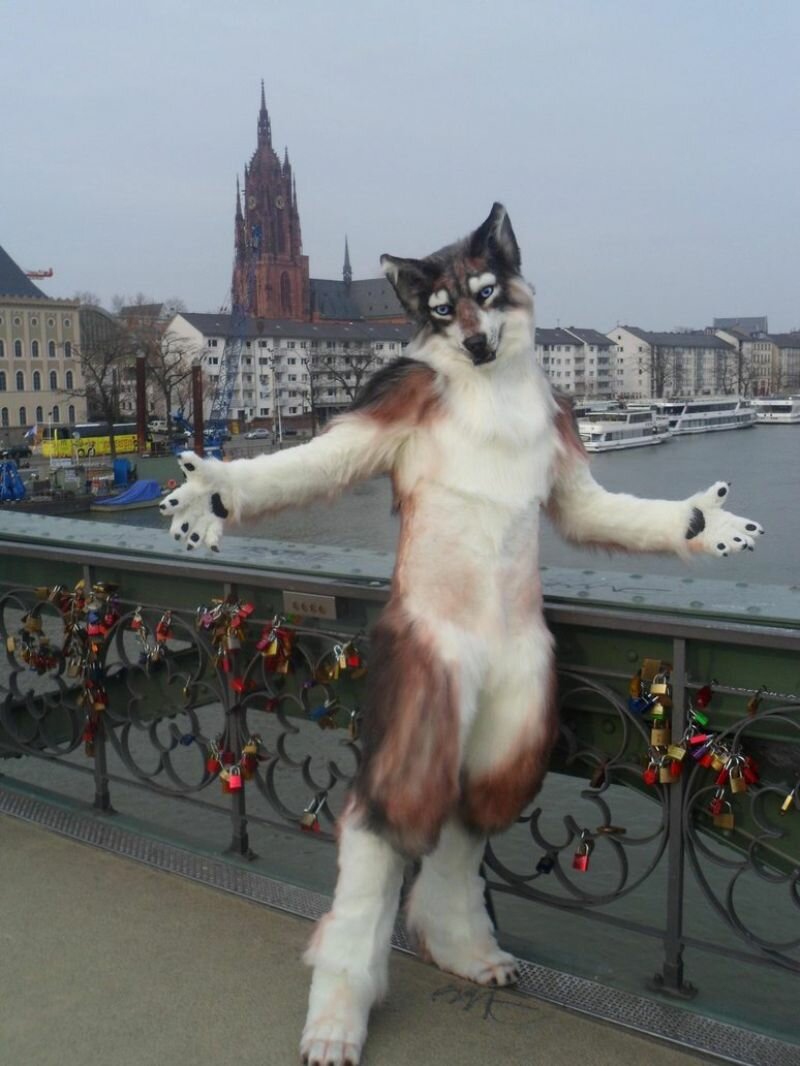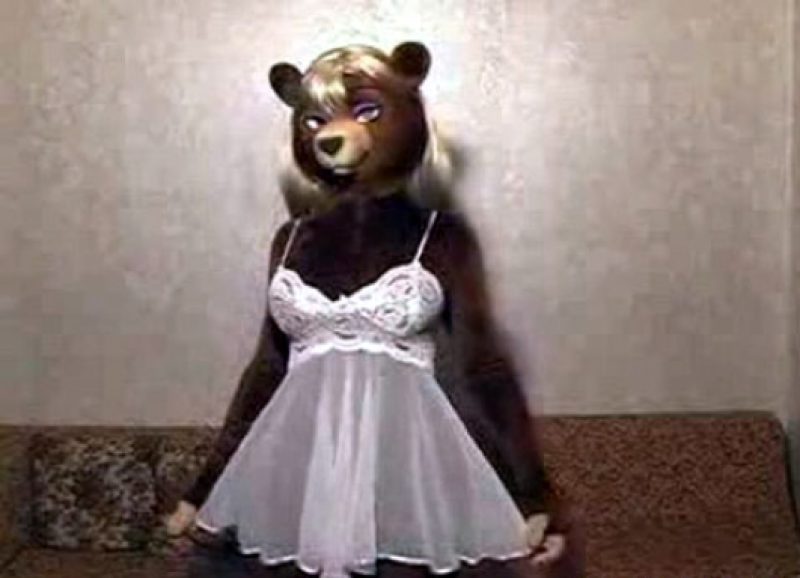I cross the Thames; silver under a grey sky, and watch the throngs of pedestrians pass the bridge and make their way to the museum. There’s something magical to being one of the newest additions to this city, feeling myself immersed in a great crowd with the realisation that this is home now. Here, solitude lends itself to becoming a welcome spectator seat.
The path is lined with buskers where they compete with one another for air space. A man points his camera to the Rastafarian with matted dreads reaching past his knees – No woman no cry! – he hoarsely wails, while pointing at the colourful hat splayed open, awaiting the clink of change. Further yet, two indie boys croon and strum, a bongo player meditatively strikes his drums, and all coalesce into an arrhythmic cacophony.
As Tate Modern comes into view, I’m surprised to see a group of large, furry animals standing in front of the museum. There must be at least fifteen of them, donned in intricately detailed costumes of cartoon versions of cats, bears, foxes, and wolves. These are not your run-of-the-mill dress up shop costumes, their muscles are defined, sturdy, their masks are eerily realistic, and their jaws open and close at will. I watch as they interact with the spectators, and see the timber wolf taking on his role as the alpha dog, bending his knees and flexing his arms as the tourists snap away. On the other side of the crowd, the silver fox with her big blue eyes walks demurely, somewhat timidly past, and leans her head against the onlookers, allowing them to stroke her, pet her nose, and bury their faces into her furry shoulder.
I was aware that what I was seeing was a group belonging to the Furry Fandom culture. These Furries, as they’re referred to, have an unusual interest in cartoon-like animal characters. In fact, some even believe they’re more like their specific animal of interest than human. They find each other on Internet forums and websites where they write fan fiction, and make fan art; they congregate at Furry Fandom conventions, and as it seems, in public spaces too. It’s a way of life, an identity, a subculture that creates a sense of belonging. Theirs is a tight-knit community where escapism from the every day lends itself in the form of a very expensive and very heavy fursuit, fitted with battery-powered fans to keep the user from overheating.
While watching them strut around the Tate’s bustling yard, I realise there’s no collection box. And what I’m seeing isn’t an artistic performance, either. It’s the simple act of the Furries taking on their role and engaging with the world as their alternate identities. The fur costumes disarm the plain clothed man and convince him of the wearer’s zoomorphic nature. By doing so, the Furries capitalise on our reaction to cute, cuddly animals and in a moment of instant adoration, they’re embraced, loved, and admired by complete strangers. I can’t help but wonder if these costumes are disguising the most deplorable, unattractive, acne-ridden and repulsive members of society imaginable. And, the assumption immediately arises that these people must suffer a certain social deficiency in order to resort to this inverted exhibitionism to find affection.
At the end of the day, I exit the museum. The sky has fallen dark and the masses have dissipated. My steps towards the tube station sound hollow in the absence of the buskers and I think of my new London room awaiting my return: dark and silent and empty. For a moment I think of these Furries, in this big city, and catch a glimmer of understanding.









